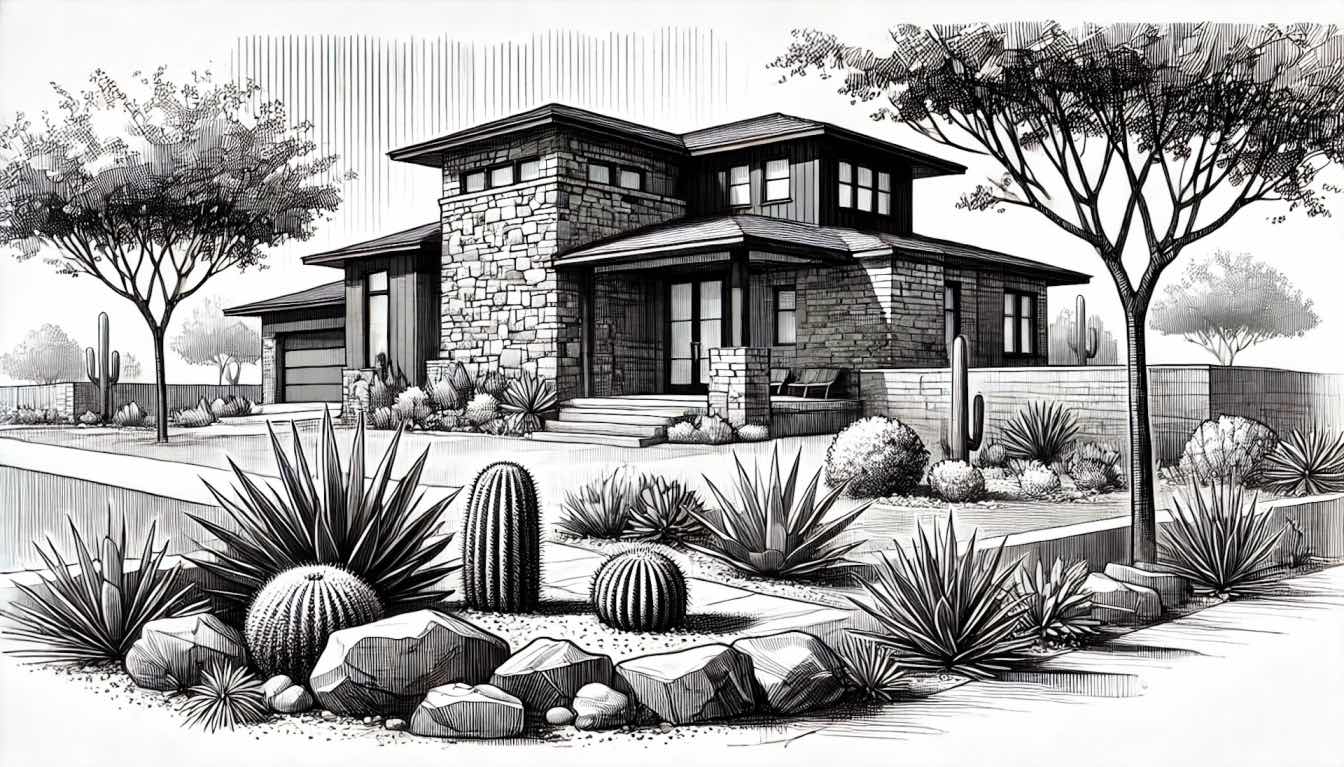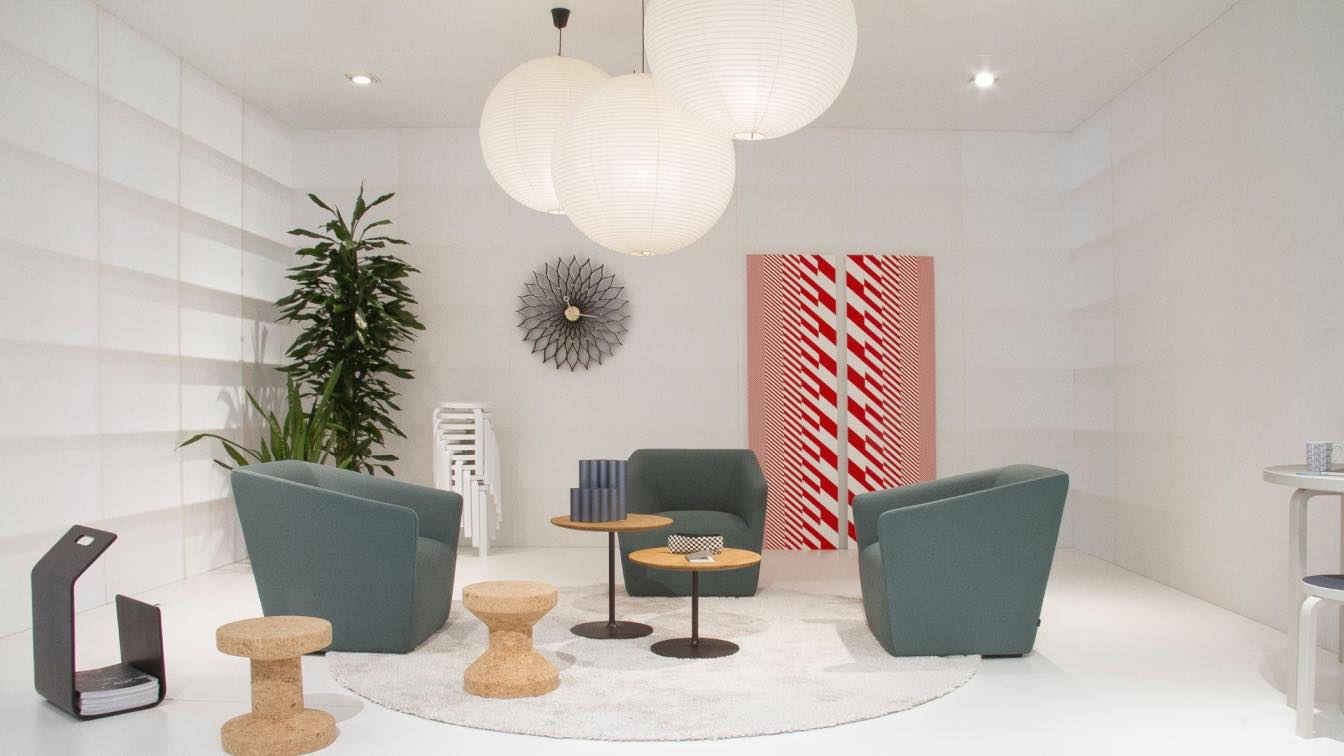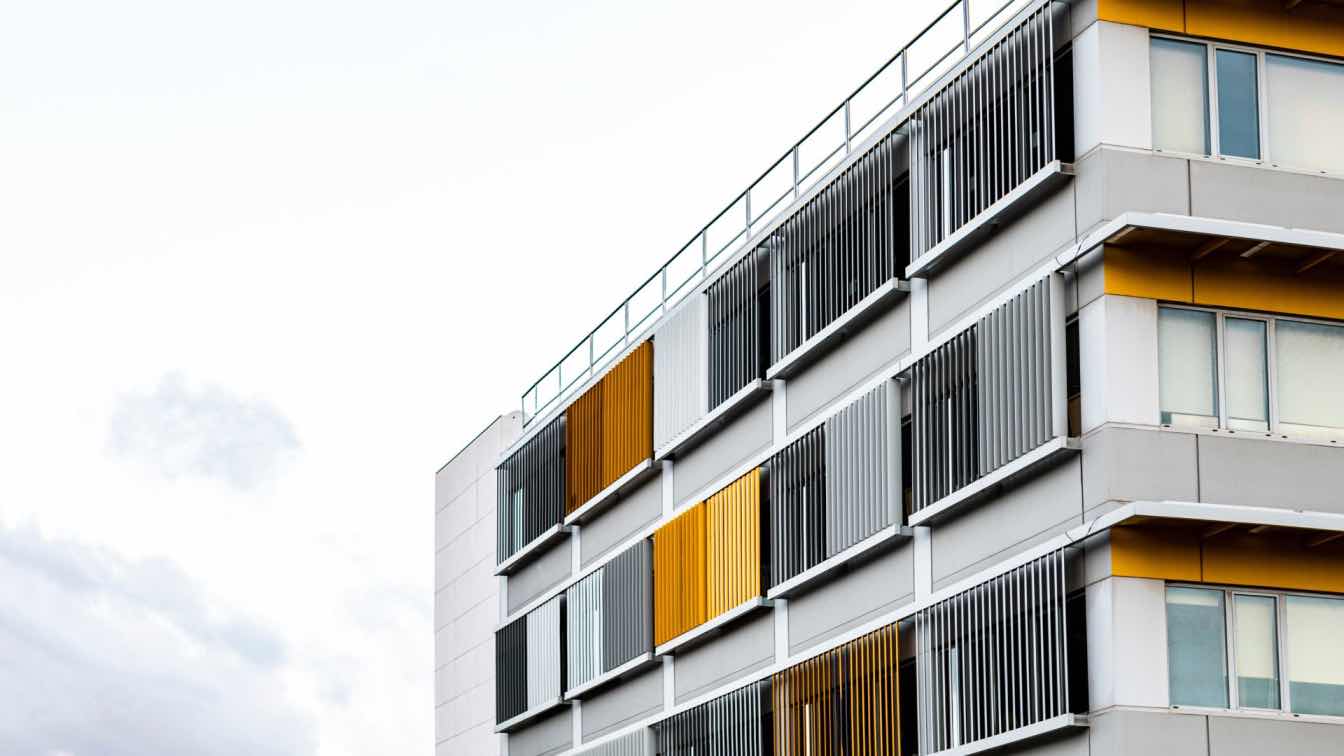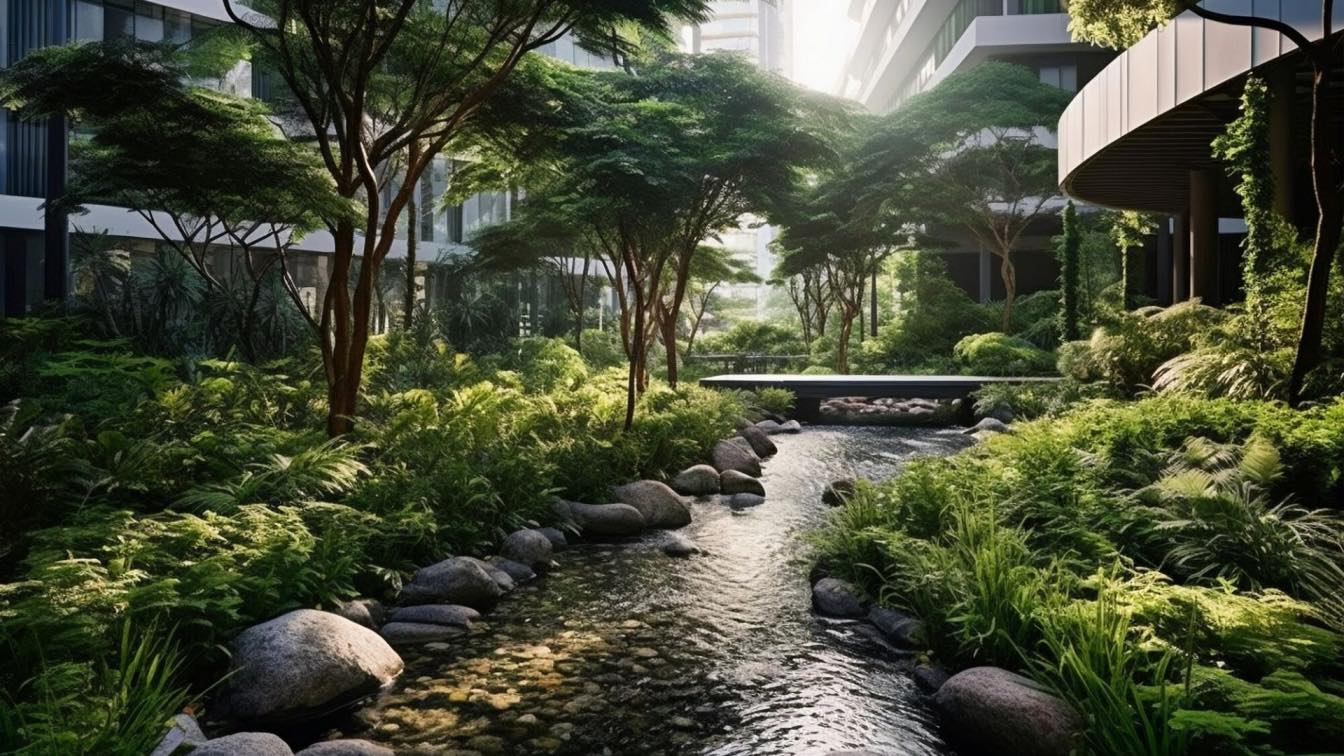Many landscapes become barren and bare when winter comes because not enough thought was put into them to ensure year-round appeal. However, ensuring your garden looks great in all four seasons isn’t actually as hard as people think.
Is It Necessary To Hire A Landscaper?
Making sure your plants fit together along with your hardscapes to create the perfect canvas is hard enough. Add to that the challenge of having to find the right ones for a year-round vibrant landscape, and it can start to get really tempting to find a highly rated landscaping company like Albuquerque Landscapes to take care of everything.
And it’s not a bad idea. Maybe you’re short on time, or maybe you just don’t like dealing with plants or having to rack your brains. Either way, as long as you find a landscaper with a proven record of success, they will be well worth the investment, as you’re almost guaranteed exceptional results.
It’s not easy to perform the landscape design, installation, and maintenance by yourself, so if you have the spare cash, it’s perfectly normal and reasonable to hire someone to ensure the job is done properly.
Having said that, as long as you’re willing to spend time on researching the right plants to use and spend time and brainpower on the design and installation, it can be DIYed. It won’t be a walk in the park for sure, but where there’s a will, there’s a way.
If you’ve decided to get hands-on with your outdoor space, here are the X keys to a landscape that remains stunning and beautiful, regardless of the time of year.
1. Incorporate Evergreens Into Your Landscape
The first and most obvious key is of course to include evergreens in your garden. Evergreens retain green leaves throughout the year, including winter, thus the name. You’ll need greens in your garden anyway, so why not make them evergreens?
Despite their names, evergreens aren’t all green. There are evergreens with silvery-blue hues, ones with golden tones, and some have patterns on their leaves. Take care not to overuse them though, because they might make your flowers stand out less.
When adding evergreens, same as you would with non-evergreen greens, place them strategically to act as focal points and borders or to serve as the backdrop to help accentuate your flowers more.
For shrubs, some often-used ones are juniper, boxwoods, and holly. For bigger evergreens to act as focal points or give your space more volume, firs and spruces are great choices. These taller evergreens can also serve as privacy screens.
2. Have Plants For Each Season Of The Year
The next key is another rather obvious one–having plants that bloom in each season of the year.
This approach will mean that you’ll have less flowers that bloom in each season, eg instead of having four rows of flowers that bloom in summer, you now have only one row because you need one row for each season. However, with proper placement, your garden will look as full as it did as when it had more of the same flowers. Here’s how.
Firstly, remember that when you step into a garden, it’s not about filling the whole place up with flowers. Often, there will be a main area that acts as the main highlight of the garden, where all the flowers are blooming.
This means that by separating your garden into four sections that each bloom at different times of the year, at each season, you’re basically just having different areas of your garden shine.
As long as the design is done properly and the relevant area that's blooming is made the centerpiece of your garden, it won't look weird or out of place. One way to do this is to simply have mostly greens in your garden so that whichever section is blooming will naturally stand out and become the focal point.
The second way to have plants for each season is to layer them. Basically, throughout your garden, layer your plants so that each row is for one season. So the first row could be for spring, the next for summer, the next for fall, and the last for winter. You can even have eight or twelve rows so that you have multiple rows blooming for each season.
This way, you'll have plants blooming throughout your garden at all times of the year. Just make sure that you arrange the rows such that the shortest plants are in front and the tallest ones are at the back so that the plants at the block won't be covered by the plants in front.
So those are the two main ways to make use of plants that bloom in different seasons. It goes without saying that you can also combine them. It may take more work, but it will give your garden even more appeal.
As for which plants to use, for spring, daffodils and tulips give your vibrant a warm and vibrant feel.
For summer, lavender and coneflowers are great perennials for giving your garden life and warmth.
For the fall, to fit in with the season, maples are a popular and good choice. Burning bush is another popular and excellent choice as a shrub for fall.
And finally, for winter, if you're trying to create a white-themed garden, white hellebore and snowdrops are great choices. If you're trying to give your outdoor area more life and color, consider camellias or primroses.
3. Make Use Of Hardscapes For Year-Round Consistency
Hardscapes are like evergreens in the sense that they’re a constant in your landscape regardless of the season. Hardscapes don’t just serve as a steady constant to keep your garden visually appealing in all seasons, but more importantly, hardscapes make your outdoor area more functional and useable.
For example, while a front yard populated with luscious flowers and greenery is nice, you wouldn’t very well be able to park a car properly without trampling over the grass or even flowers. A backyard with a thriving garden is great too, but you wouldn’t be able to comfortably have a meal or even be comfortable sitting anywhere in it without some type of structure like a patio or deck.
So make sure to give hardscapes as much thought as you do your plants, because they unleash the full potential of your landscape while at the same time beautifying it and acting as a constant throughout all seasons.
4. Don’t Forget The Outdoor Lighting And Seasonal Decor
Lastly, while your softscapes and hardscapes will make up the bulk of your outdoor area, don’t forget about outdoor lighting and seasonal decor.
Outdoor lighting makes your outdoor space functional at night and will help complement your landscape. Outdoor lighting can also be used strategically to create different ambiences and even segregate your space into different sections for different uses.
And of course, outdoor lighting doesn’t change during winter or any other season, so they’ll add to your landscape’s visual appeal at any time of the year.
Moving on to seasonal decor, again, while softscapes, hardscapes, lighting, and water features are the key pieces of your landscape, adding a little seasonal decor can really bring out the mood of the season.
For example, pumpkins and hay bales can give your garden a cozy feel in the fall, or a festive wreath can help your landscape give off celebratory vibes in the winter.
These small but tasteful additions will give a nice boost to your outdoor area’s overall appeal.
Conclusion
While more thought and effort has to be put into making an outdoor space beautiful all year round, it’s definitely worth the investment.
Besides just having something you can proudly show off to your guests, you get to enjoy a different themed landscape each season. This essentially translates to you owning four different outdoor spaces, with each one magically taking the place of the previous season’s one as the new season approaches.
So give it a shot! Spend a bit more time on the planning and put a bit more work into the installation and planting, and in time, you’ll reap the sweet fruits of your labor as you see your landscape transform every season.





